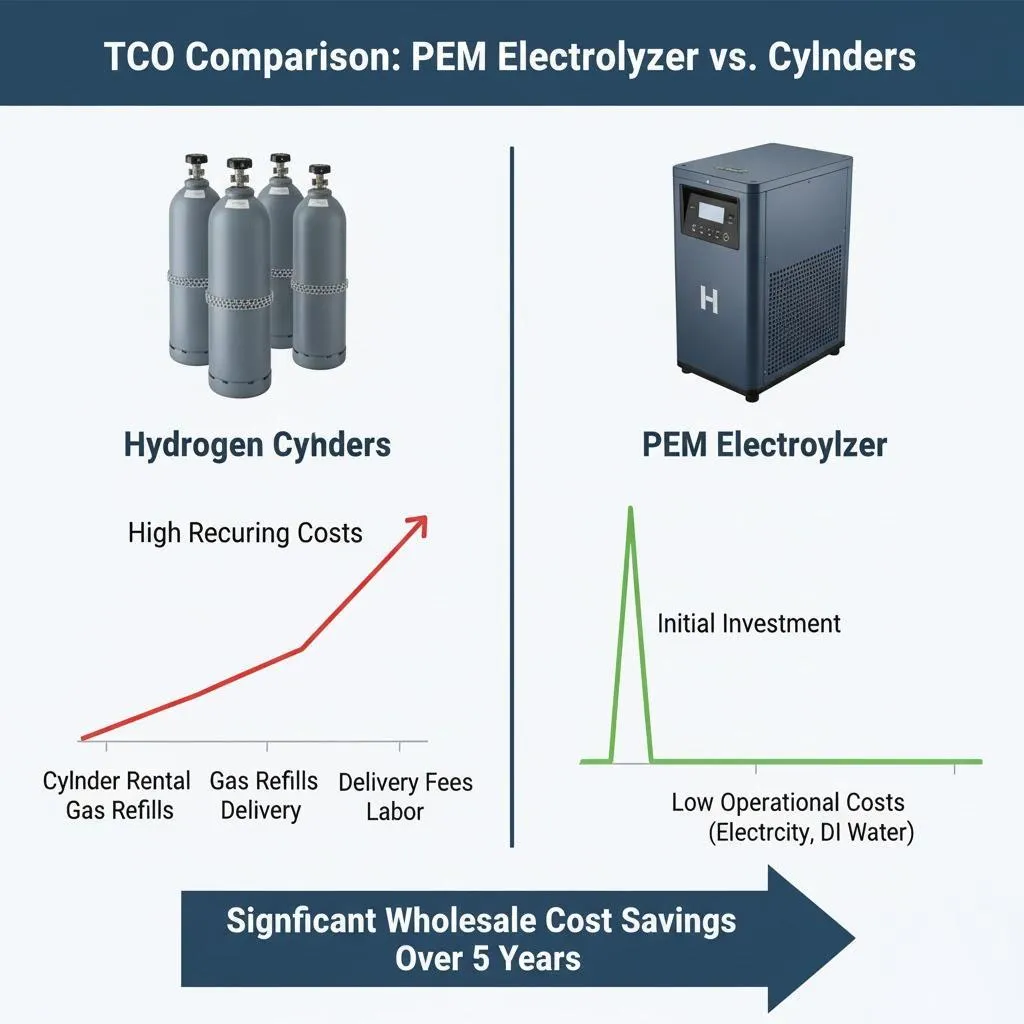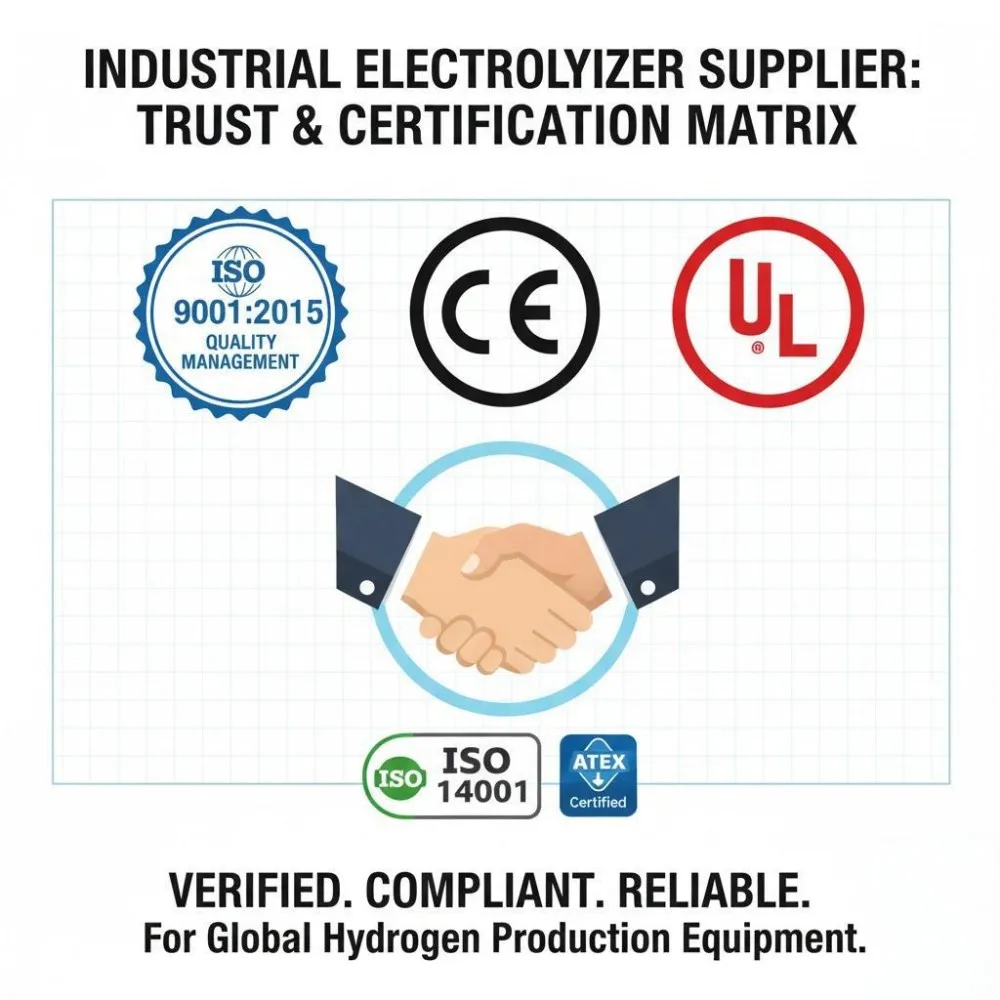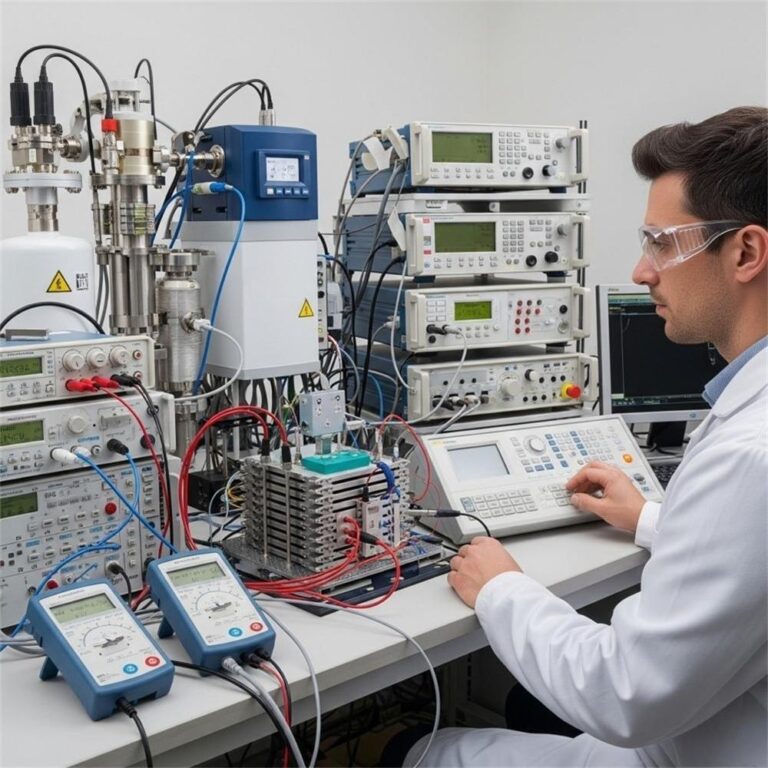1. Introduction to Green Hydrogen Energy
Green hydrogen energy refers to hydrogen produced using renewable electricity through a process called electrolysis. Unlike traditional methods that release greenhouse gases, green hydrogen is entirely clean, making it a cornerstone for building low-carbon economies. With growing climate concerns, industries and governments are increasingly eyeing green hydrogen as a viable path toward energy independence and sustainability.

2. The Environmental Impact of Green Hydrogen
Zero-Emission Potential
Green hydrogen stands out because its only by-product is water vapor. This makes it a game-changer, particularly when compared to fossil fuels or even other forms of hydrogen like blue or grey.
Comparison with Blue and Grey Hydrogen
- Grey Hydrogen is derived from natural gas, emitting CO₂ during production.
- Blue Hydrogen captures and stores emissions, but still relies on fossil fuels.
- Green Hydrogen uses renewable sources like solar or wind, offering a 100% clean solution.
Life Cycle Analysis
From production to consumption, green hydrogen maintains a minimal environmental footprint. Studies show it reduces lifecycle emissions by over 90% compared to traditional fuels.
3. How Hydrogen Electrolyzers Work
Basic Working Principle
Electrolyzers split water (H₂O) into hydrogen (H₂) and oxygen (O₂) using electric current. When powered by renewables, this process becomes entirely sustainable.
Types: Alkaline, PEM, and SOEC
Each electrolyzer type has unique characteristics:
- Alkaline: Mature and cost-effective.
- PEM (Proton Exchange Membrane): Compact and dynamic.
- SOEC (Solid Oxide): Operates at high temperatures, promising higher efficiency.
Efficiency and Energy Requirements
Current electrolyzers operate at 60-80% efficiency, with innovations pushing this boundary further. Energy input remains a challenge but is decreasing with technological advancements.
4. Types of Hydrogen Electrolyzers
Alkaline Electrolyzers
- Pros: Affordable and scalable.
- Cons: Slow dynamic response.
- Use Cases: Large-scale industrial setups.
PEM Electrolyzers
- Pros: Quick response, compact design.
- Cons: Higher cost.
- Use Cases: Grid balancing, transportation fuels.
SOEC Electrolyzers
- Pros: High efficiency at scale.
- Cons: Still under development.
- Use Cases: Integrated heat and power systems.
5. Integration with Renewable Energy Systems
Using Solar and Wind for Hydrogen Production
Electrolyzers are ideally paired with variable renewables. When excess solar or wind power is available, it can be converted to hydrogen for later use.
Smart Grid Integration
Smart grids can dynamically manage electricity supply and demand. Electrolyzers add flexibility by acting as both consumers (during hydrogen production) and storage units.
Load Balancing and Storage Benefits
Hydrogen acts as a long-duration storage medium, stabilizing grids and ensuring energy availability during low renewable output.
6. Green Hydrogen Storage and Distribution
- Compression & Liquefaction: Hydrogen can be stored at high pressures or cryogenic temperatures.
- Pipeline Infrastructure: Existing natural gas pipelines are being retrofitted for hydrogen transport.
- Export & Transport: Countries like Australia aim to export green hydrogen to energy-hungry nations like Japan and South Korea.
7. Industrial Applications of Green Hydrogen
Green hydrogen is being integrated into heavy industries such as:
- Steel Manufacturing: Replacing coal in blast furnaces.
- Ammonia Production: For fertilizers without fossil fuels.
- Petrochemicals: As a cleaner feedstock.
8. Role in Decarbonizing Transport
Hydrogen Fuel Cells vs. EVs
While electric vehicles dominate passenger markets, hydrogen fuel cells excel in heavy-duty and long-haul transport.
Heavy-Duty Transport and Aviation
Planes, trains, and trucks benefit from hydrogen’s high energy density and quick refueling.
Public Transit Adoption
Cities are piloting hydrogen buses and trains, reducing urban emissions.
9. Green Hydrogen in Power Generation
Backup Power Systems
Hydrogen offers reliable backup power, especially in remote or disaster-prone areas.
Fuel Cell Technology in Grids
Fuel cells convert hydrogen to electricity, supporting decentralized grid structures.
Hybrid Renewable-Hydrogen Plants
Combining renewables with electrolyzers allows excess power to be stored as hydrogen, which can be reconverted to electricity when needed.
10. Global Case Studies of Green Hydrogen Projects
- Fukushima Hydrogen Energy Research Field (Japan): World’s largest green hydrogen plant.
- Australia’s Green Hydrogen Hub: Powered by massive solar farms.
- Germany’s H2Global Program: Investing in hydrogen imports and domestic infrastructure.
11. Innovations Driving Electrolyzer Efficiency
- Nanotechnology: Enhances catalysts to reduce costs.
- AI & Automation: Optimize performance and maintenance schedules.
- Modular Designs: Allow scaling up or down based on demand.
12. Economic Viability and Market Trends
Cost Reduction Pathways
Electrolyzer costs are falling due to mass production and material innovations.
Levelized Cost of Hydrogen (LCOH)
Green hydrogen is projected to reach cost parity with fossil fuels by 2030 in many regions.
Investment Trends
Over $300 billion globally has been pledged toward green hydrogen initiatives.
13. Government Policies and Incentives
- EU Green Deal: Targets 40 GW of electrolyzer capacity by 2030.
- U.S. Inflation Reduction Act: Offers tax credits for clean hydrogen.
- India’s Hydrogen Mission: Focuses on renewable-based production and exports.
14. Challenges Facing Green Hydrogen Scale-up
- High Energy Demand: Large-scale electrolyzer systems require substantial electricity.
- Infrastructure Needs: Storage and pipelines must be built or upgraded.
- Public Awareness: Education and policy support are essential for adoption.
15. Future Outlook and Roadmap
By 2050, green hydrogen could provide up to 25% of global energy needs. Innovations, policy support, and international cooperation are key drivers for this transition.
16. Frequently Asked Questions (FAQs)
Q1: What is green hydrogen used for?
Green hydrogen is used in transport, power generation, and industrial applications such as steelmaking and fertilizer production.
Q2: Is green hydrogen really eco-friendly?
Yes, when produced using renewables, it emits no greenhouse gases.
Q3: How efficient are hydrogen electrolyzers?
Efficiency ranges from 60% to 80%, with improvements ongoing through R&D.
Q4: Can green hydrogen be stored long-term?
Yes, it can be stored via compression or liquefaction for months.
Q5: Is green hydrogen safe?
Yes, when handled with standard safety protocols, it’s as safe as other fuels.
Q6: Why is green hydrogen considered expensive?
Mainly due to electrolyzer costs and electricity demand, but prices are dropping rapidly.
17. Conclusion: The Promise of a Hydrogen-Powered Future
Green hydrogen energy, powered by advanced electrolyzer technologies, represents a transformative solution for achieving global sustainability goals. From decarbonizing industries to balancing renewable grids, its potential is vast. With continued investment, innovation, and policy support, green hydrogen will play a central role in the clean energy systems of tomorrow.







